What Can You Do With A Telescope ?
With a telescope, you can observe celestial objects such as stars, planets, galaxies, and nebulae. Telescopes allow you to see these objects in greater detail and clarity than with the naked eye. They can also help you study the moon's surface, track the movement of planets, and observe astronomical events like eclipses and meteor showers. Additionally, telescopes can be used for astrophotography, allowing you to capture stunning images of the night sky.
1、 Astronomical Observation: Studying celestial objects and phenomena in the universe.
A telescope is a powerful tool that allows us to explore and study the vastness of the universe. Its primary purpose is to enable astronomical observation, which involves studying celestial objects and phenomena. With a telescope, we can observe and analyze stars, planets, galaxies, nebulae, and other cosmic entities.
Astronomical observation provides us with valuable insights into the nature of the universe. By studying the light emitted or reflected by celestial objects, we can determine their composition, temperature, distance, and motion. This information helps us understand the fundamental principles that govern the cosmos and unravel the mysteries of our existence.
Telescopes have played a crucial role in numerous groundbreaking discoveries throughout history. They have allowed us to observe distant galaxies and understand the expansion of the universe. They have revealed the existence of exoplanets, planets orbiting stars outside our solar system, and provided clues about the potential for extraterrestrial life. Telescopes have also helped us study the birth and death of stars, the formation of black holes, and the behavior of other celestial phenomena such as supernovae and gamma-ray bursts.
In recent years, advancements in telescope technology have further expanded our capabilities. The development of space-based telescopes, such as the Hubble Space Telescope, has allowed us to observe the universe without the interference of Earth's atmosphere. This has provided us with clearer and more detailed images, enabling us to explore even deeper into space and time.
Moreover, the integration of telescopes with advanced imaging techniques and data analysis tools has revolutionized our understanding of the universe. Telescopes equipped with adaptive optics can correct for atmospheric distortions, providing sharper images. Additionally, the use of spectroscopy allows us to analyze the light emitted by celestial objects, revealing their chemical composition and physical properties.
In conclusion, a telescope is a powerful instrument that enables us to engage in astronomical observation. Through the study of celestial objects and phenomena, we gain valuable knowledge about the universe and our place within it. With ongoing advancements in telescope technology, we can expect even more exciting discoveries and a deeper understanding of the cosmos in the future.
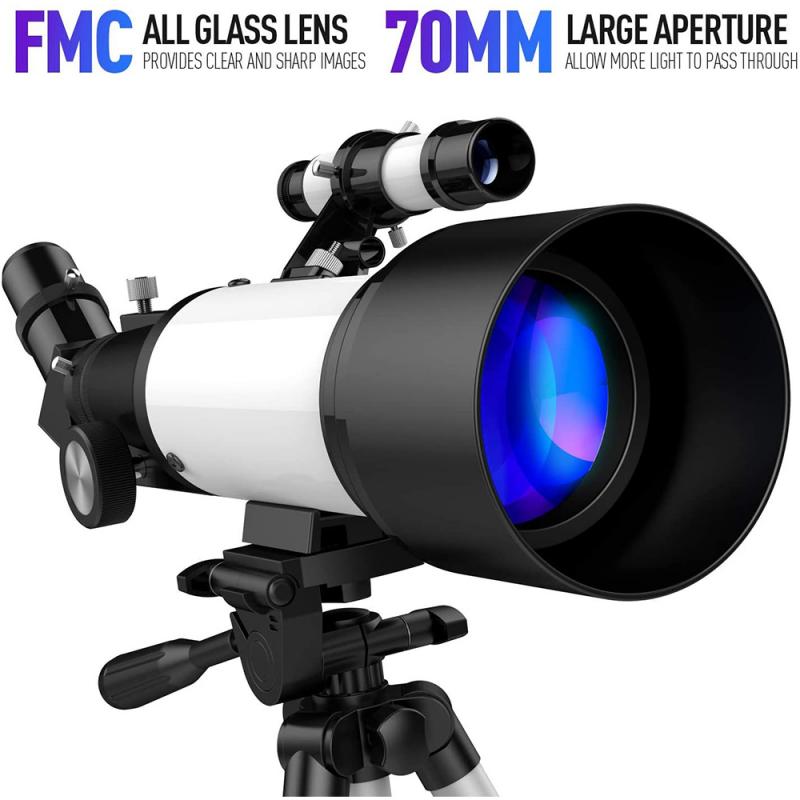
2、 Planetary Exploration: Observing and studying planets within our solar system.
What can you do with a telescope? One of the most exciting and important applications of telescopes is planetary exploration. By observing and studying planets within our solar system, telescopes provide us with valuable insights into the nature and composition of these celestial bodies.
Telescopes allow us to observe the planets in great detail, revealing their surface features, atmospheric conditions, and even the presence of moons. Through careful analysis of the light reflected or emitted by the planets, scientists can determine their chemical composition, temperature, and weather patterns. This information helps us understand the formation and evolution of planets, as well as their potential for supporting life.
In recent years, telescopes have played a crucial role in discovering exoplanets, planets that orbit stars outside our solar system. By detecting the slight dimming of a star's light as a planet passes in front of it, telescopes have enabled us to identify thousands of exoplanets. This has revolutionized our understanding of planetary systems and the prevalence of planets in the universe.
Moreover, advancements in telescope technology, such as adaptive optics and space-based telescopes like the Hubble Space Telescope, have allowed us to capture incredibly detailed images of planets. These images provide us with a wealth of information about their geological features, such as mountains, valleys, and even weather patterns.
Telescopes also play a crucial role in studying the atmospheres of planets. By analyzing the light passing through a planet's atmosphere, scientists can identify the presence of gases, such as oxygen, methane, or carbon dioxide. This information is vital in determining the potential habitability of exoplanets and understanding the atmospheric conditions of our neighboring planets.
In conclusion, telescopes are invaluable tools for planetary exploration. They allow us to observe and study planets within our solar system, providing us with a deeper understanding of their composition, structure, and potential for life. With ongoing advancements in telescope technology, we can expect even more exciting discoveries and insights into the mysteries of our universe.
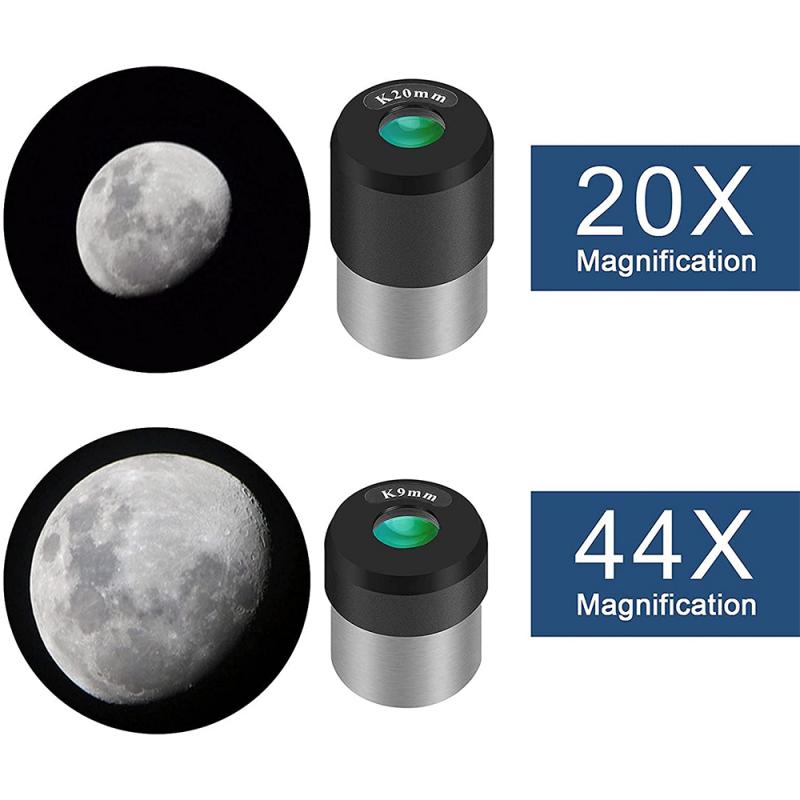
3、 Deep Space Observation: Examining distant galaxies, nebulae, and other cosmic structures.
What can you do with a telescope? One of the most exciting and awe-inspiring applications of a telescope is deep space observation. By examining distant galaxies, nebulae, and other cosmic structures, telescopes allow us to explore the vastness of the universe and gain a deeper understanding of our place within it.
Deep space observation with a telescope enables astronomers to study the formation and evolution of galaxies. By analyzing the light emitted by these distant objects, scientists can gather valuable information about their composition, age, and distance from Earth. This knowledge helps us unravel the mysteries of how galaxies are born, how they interact with each other, and how they evolve over time.
Furthermore, telescopes allow us to observe nebulae, which are vast clouds of gas and dust where stars are born. These cosmic nurseries provide valuable insights into the processes that lead to the formation of new stars and planetary systems. By studying nebulae, scientists can better understand the conditions necessary for life to emerge in the universe.
In recent years, advancements in telescope technology have revolutionized deep space observation. The development of space-based telescopes, such as the Hubble Space Telescope, has eliminated the distortion caused by Earth's atmosphere, providing us with clearer and more detailed images of distant celestial objects. Additionally, the use of adaptive optics has allowed ground-based telescopes to compensate for atmospheric turbulence, further enhancing our ability to observe deep space.
In conclusion, a telescope can be used for deep space observation, allowing us to examine distant galaxies, nebulae, and other cosmic structures. Through this exploration, we continue to expand our knowledge of the universe and gain a greater appreciation for its vastness and complexity.

4、 Astrophotography: Capturing images of celestial objects using a telescope.
Astrophotography: Capturing images of celestial objects using a telescope.
One of the most popular and exciting uses of a telescope is astrophotography. With advancements in technology, astrophotography has become more accessible to amateur astronomers, allowing them to capture stunning images of celestial objects.
Using a telescope, astrophotographers can capture detailed images of planets, stars, galaxies, nebulae, and other deep-sky objects. By attaching a camera to the telescope, they can capture long-exposure images, revealing intricate details that are not visible to the naked eye. These images can then be processed to enhance the colors and details, resulting in breathtaking photographs.
Astrophotography not only allows us to appreciate the beauty of the universe but also contributes to scientific research. Amateur astronomers can capture images of transient events like supernovae or comets, providing valuable data for professional astronomers. Additionally, astrophotography can help in documenting and tracking changes in celestial objects over time, aiding in the study of their evolution.
In recent years, technological advancements have made astrophotography more accessible than ever before. High-quality cameras, sensitive sensors, and computerized mounts have made it easier to capture stunning images. Furthermore, the rise of social media platforms has allowed astrophotographers to share their work with a wider audience, inspiring others to explore the wonders of the universe.
Astrophotography is a rewarding hobby that combines the art of photography with the fascination of astronomy. It allows us to capture and share the beauty of the cosmos, while also contributing to scientific knowledge. So, if you have a telescope, why not give astrophotography a try and unlock the wonders of the universe through your lens?
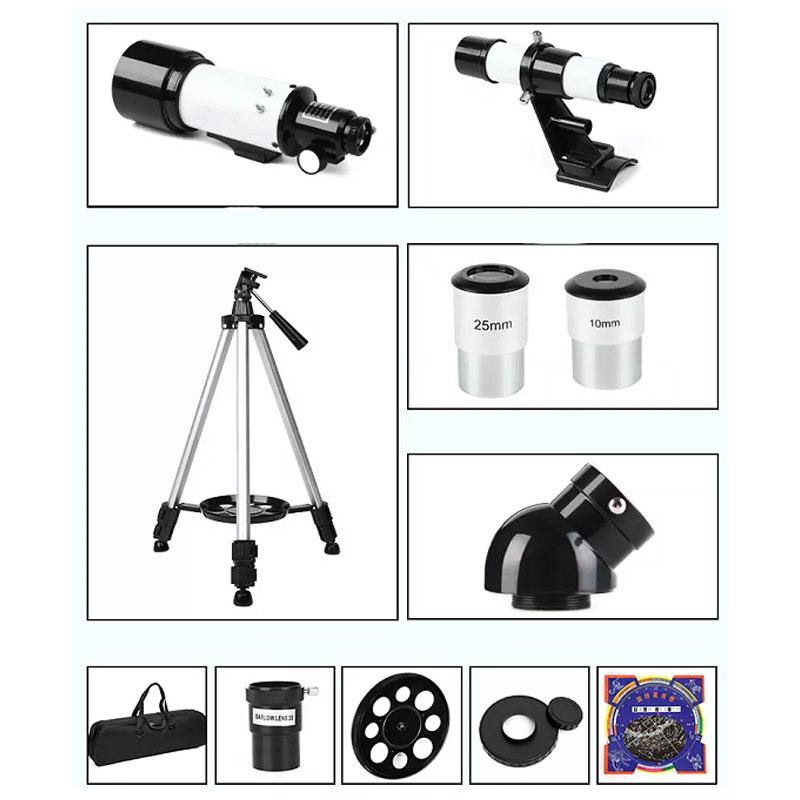







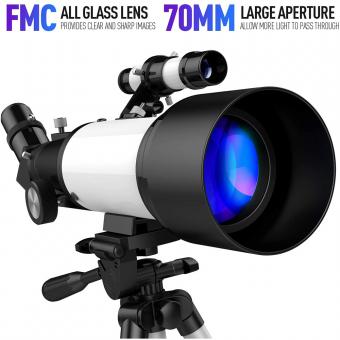






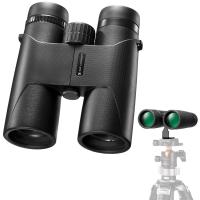
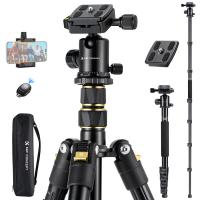



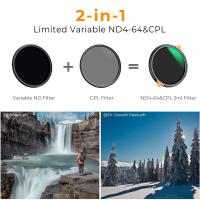

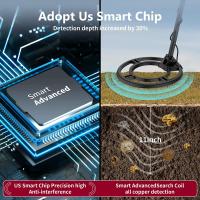
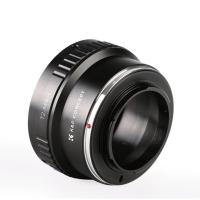

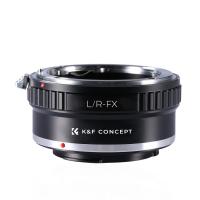




There are no comments for this blog.